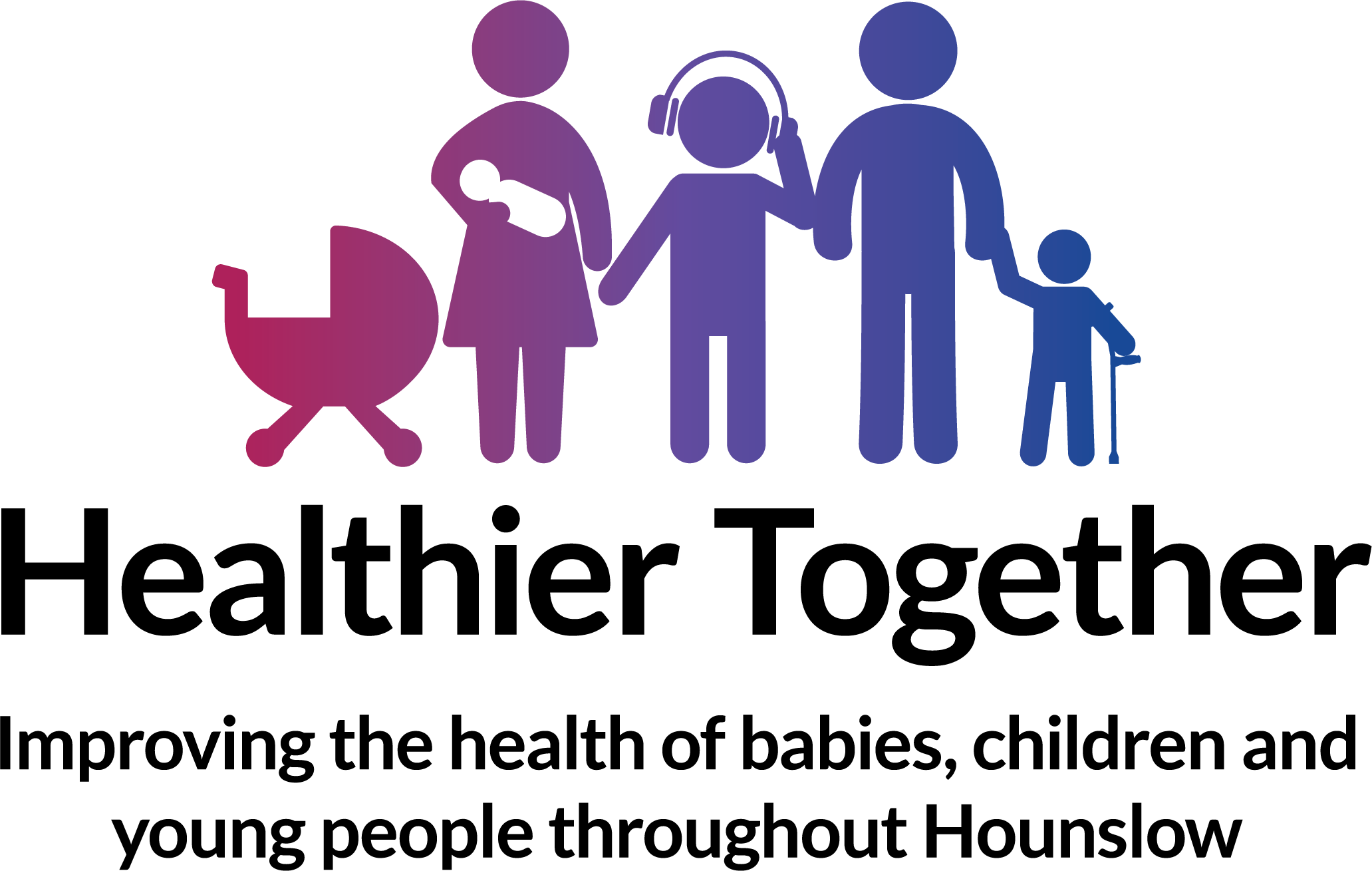Why do babies get jaundice?
It’s completely normal for babies to have mild jaundice. This happens because babies are born with a lot of red blood cells, and when these cells break down after birth, they produce a yellow pigment called bilirubin. Normally, the liver removes bilirubin, but since a baby’s liver is still developing, it can take up to two weeks for the bilirubin to clear. Breastfeeding can also cause mild jaundice, but the benefits of breastfeeding far outweigh this minor issue.
In a small number of cases, there could be a more serious reason for severe jaundice. This might include blood group differences between the mother and baby, higher than normal levels of red cells in the baby (called polycythaemia), or genetic problems with red cells. If there’s a family history of red cell problems, let your midwife know during pregnancy so your baby can be checked with special tests after birth.
Sometimes, jaundice lasts longer than two weeks. If this happens, your baby might need to go to the hospital for further blood tests to find out why. Most of the time, this prolonged jaundice is just because your baby’s liver is taking a bit longer to adjust (called physiological jaundice) or it’s due to breast milk jaundice. Neither of these is harmful to your baby.
How will my baby get checked for jaundice?
All newborn babies get a full head to toe examination within 72 hours of being born. In some instances, jaundice is picked up during this examination. If your baby develops jaundice at home, in most situations, they will not need to see a healthcare professional unless they have any red or amber features (see above). If your baby falls within 'Amber', see a GP or Community Midwife urgently as a blood test may be needed to check their jaundice 'level'. If your baby has any 'Red' features, they will need to be immediately assessed in hospital - dial 999 and ask for assistance from the emergency services.
Parents, carers and healthcare professionals should all look for jaundice.
When looking for jaundice (visual inspection):
- Bright, natural light: Examine the baby in a well-lit room, preferably with natural light.
- Areas to check: Pay close attention to the sclera (whites of the eyes), gums, and blanched skin (skin that turns pale when pressed).
-
Important to also check the baby's nappies for dark urine or pale chalky stools. Urine that is persistently yellow and which stains the nappy and stools that are persistently pale in colour may indicate that there is a problem.
- When to be concerned: Jaundice appearing in the first 24 hours or worsening jaundice warrants immediate medical attention.
-
Consider skin tone: Jaundice can be harder to detect in babies with darker skin tones. in addition to the whites of the eyes and gums other options include checking for yellowing on the palms of the hands or the soles of the feet, which could be easier to see in babies with darker skin tones. Urine that is persistently yellow and which stains the nappy and stools that are persistently pale in colour may indicate that there is a problem.
- Not a definitive test: Visual inspection alone is not enough to determine the severity of jaundice. It is a starting point, and further testing (like bilirubin level checks) is usually needed.
- Seek professional help: If you suspect your baby has jaundice, consult a doctor or midwife promptly.
- Follow-up: If jaundice is diagnosed, follow your healthcare provider's instructions for monitoring and treatment.
While visual inspection is a useful first step in checking for jaundice, it's important to be aware of its limitations and to seek professional medical advice if you suspect your baby has jaundice. Bilirubin level checks are essential for accurate diagnosis and treatment.
Symptom spotting
Jaundice and how to spot it.

A parents' guide to recognising jaundice in Black and Brown babies.





